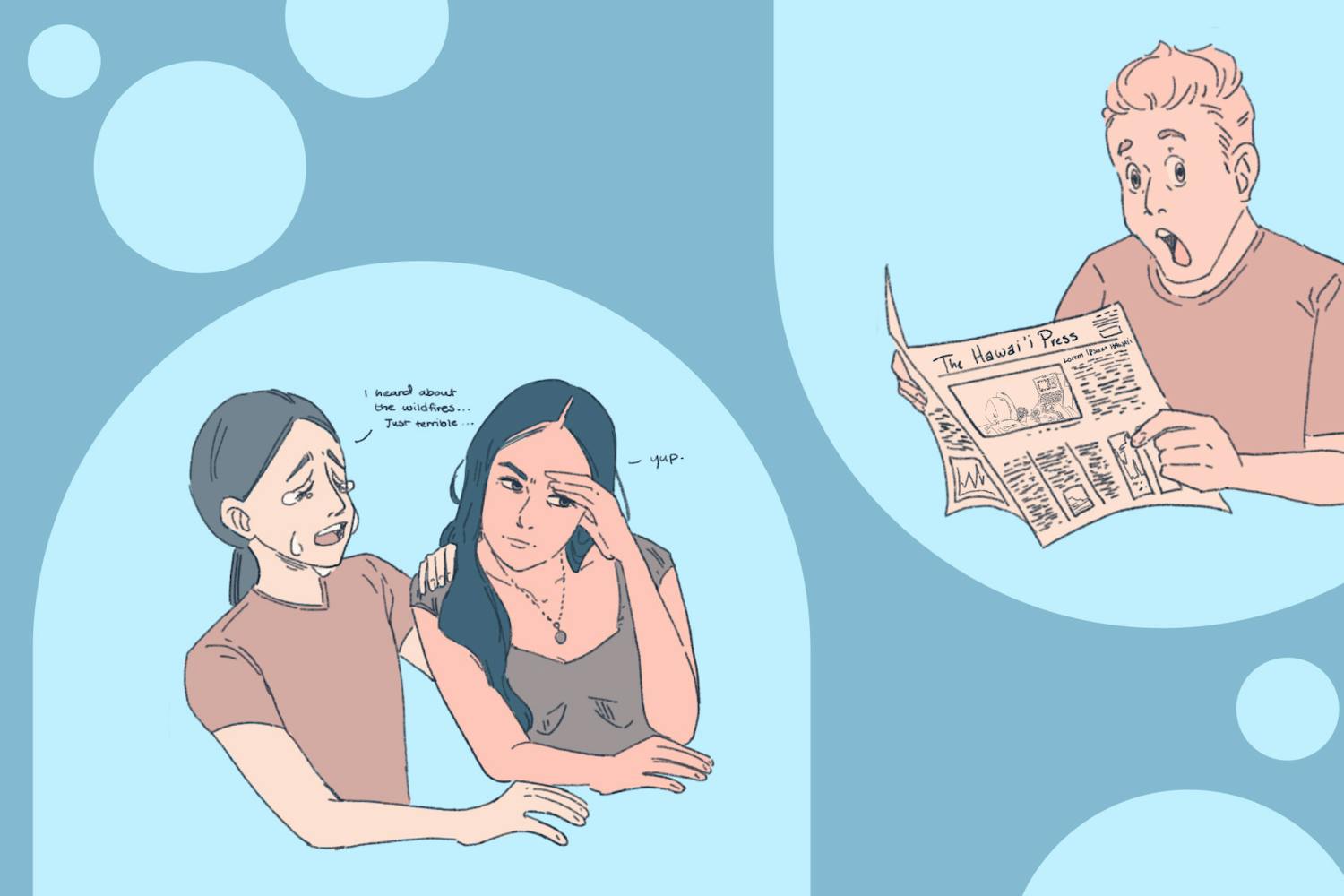That’s the question some publishers ask their customers and it’s a question that should not be asked in the first place. Call me old fashioned, only being a 21-year-old gamer, but I remember the days when I bought a game and that was it. It had a beginning, middle and end but with the gaming industry being as lucrative as it is, publishers want to maximize their profits. And why shouldn’t they? It is a dollar-driven industry and companies have to put food on the table for their families, and I can see eye-to-eye in that respect. However, there has to be some line drawn in the proverbial sand where gamers have to put their foot down and say that enough is enough, and selling the conclusion of a game is where I put my foot down.
The first example of selling endings was back in 2008 with Ubisoft’s Prince of Persia. The standard ending of the game effectively undid everything you did throughout the game and that didn’t sit well with me because it felt like I was willingly unraveling the sweater that I had been working on for 10 hours. Announced mere months after the game’s release, the Prince of Persia Epilogue DLC currently sits at $10 on the Xbox Live Marketplace. It adds one new power and concludes the main plot in a battle with one of the main character’s fathers who was the central antagonist. I thought this was a one-time deal and game developers were done selling consumers the endings to their games. I was wrong and foolishly let the Prince of Persia controversy go unscathed.
This year saw two games that are selling endings. Final Fantasy XIII-2, released in January, ended the game with a “to be continued.” When asked about the ending, Game director Motomu Toriyama said that there are two reasons for the ending. “First, to encourage players to explore all of the various (non-canon) Paradox endings; and second, to extend the story through downloadable content.” Now this kind of statement really brings my blood to a furious boil. If I paid $60, or more if you bought a collector’s edition, for a game then I expect a beginning, middle and end to a story. Imagine if “Star Wars” ended with Luke Skywalker in the Death Star trench with Darth Vader locking onto his ship and the film ends with a “to be continued” and the theater turns on the lights and asks for more money from the audience. This isn’t about gamers being entitled; this is about standards and expectations that have been mainstays in the entertainment industry.
Number two, rightfully so, is Capcom pulling more shenanigans with the “true ending” downloadable content for Asura’s Wrath. On April 24, you can pay $7 to experience the real ending to a game that gamers have said ended quite satisfactory. Just like Prince of Persia, Asura’s Wrath’s “true ending” begins right after the main plot supposedly ended. No amount of profanities can express how much any of the above examples are not fine and dandy in the 21st century where standards have been set in stone long before the gaming industry’s inception. The only way to make companies see that these practices are ludicrous is to not buy them. An alternative is to watch them play out on YouTube, thus telling publishers that this approach does not make them money.
Sounds off in the comment section below or send me an email at shfawcet@asu.edu with your views on selling game endings to consumers.



